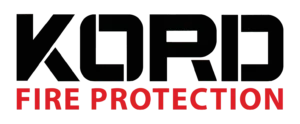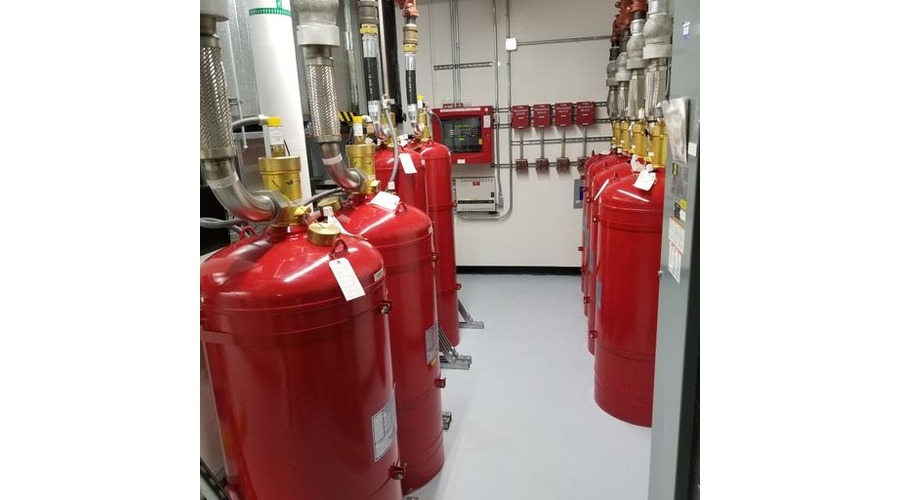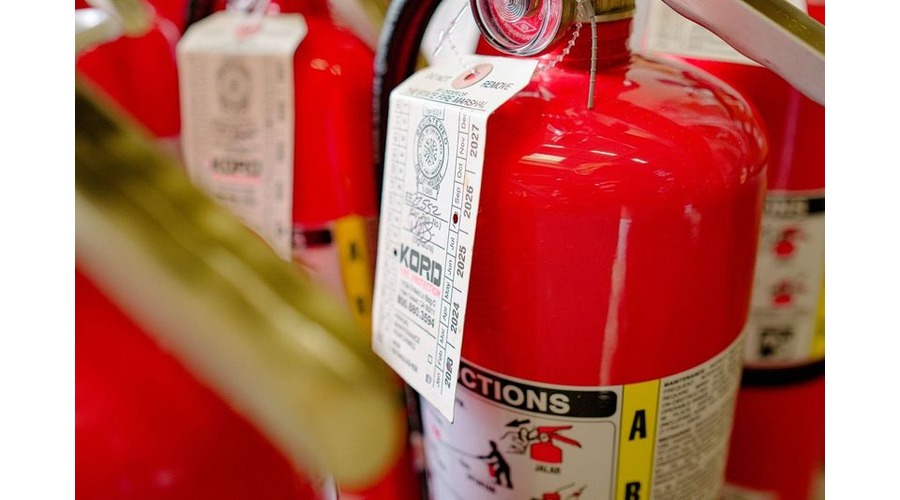

NFPA 1: A Comprehensive Guide to Fire Prevention and Safety
The Fire Code and Its Importance
National Fire Protection Association (NFPA) standards are widely recognized and adopted nationwide. Specifically, NFPA 1: Fire Code is a comprehensive standard containing fire and life safety regulations and guidelines for buildings and various other structures. Understanding NFPA 1 will not only help keep you and your business code compliant, but it will also serve to enhance your knowledge of fire safety and potentially keep you safer as a result.
What is NFPA 1?
This NFPA 1 Fire Code is an extensive standard that addresses various aspects of fire safety. From fire protection systems to means of egress, general safety requirements, and occupancy fire safety, just to name a few. (We’ll discuss the various topics covered in NFPA 1 in more detail later in this article.) Like other National Fire Protection Association standards, This is widely recognized across municipalities and incorporated into many local fire and building codes. Also, like other National Fire Protection Association standards, NFPA 1 is updated and published every handful of years. The current edition of the standard is NFPA 1: Fire Code 2024.
The purpose of NFPA fire code is to provide a minimum set of requirements to establish what the association refers to as a “reasonable level of fire and life safety.” The NFPA also looks to protect people and property from fire and fire-related hazards.
NFPA Fire Code: What Does NFPA 1 Cover?
With 75 chapters and hundreds of pages, NFPA 1 is a comprehensive standard designed to provide a minimum set of requirements for life and fire safety in commercial, industrial, and residential buildings, among other instances. Some of the main focuses of NFPA include, but are not limited to:
Fire Protection Systems:
This code outlines requirements for various fire protection systems, from fire sprinklers to fire alarms systems, emergency lighting, and more. Additionally, the standard provides some guidelines for building design and construction to help minimize the various risks of fire damage.
Emergency Planning and Evacuation:
It emphasizes planning for a potential fire emergency. Fire drills, egress plans, and emergency lighting and signage are all covered in NFPA 1 to provide basic guidelines for safe evacuations in the event of a fire.
Fire Department Access and Water Supply:
Providing fire departments with building access and sufficient water supply is crucial for firefighting efforts. NFPA 1 includes guidelines for building access, water supplies, flow requirements, and fire hydrants.
Hazardous Materials:
NFPA 1 provides specific guidelines to help minimize risk when handling, using, or storing various hazardous materials.
Other Topics:
That’s only the tip of the iceberg when it comes to NFPA. The standard also outlines specific guidelines and general best practices for a wide range of industries and situations, including wildlife, cleanrooms, dry cleaning, event seating, chemical labs, marinas and other related establishments, storage, telecommunications facilities, cannabis-growing facilities, welding, refueling, commercial cooking, energy storage, mechanical refrigeration, and even fireworks and model rockets. NFPA 1 is pretty grand in scope and even relates to several other standards.
What Are Other Related NFPA Standards?
NFPA 1 references more than 130 other NFPA codes and standards. This including NFPA 13, NFPA 25, NFPA 72, and NFPA 101.
NFPA 13:
The NFPA 13 standards cover regulations concerning water supplies, fittings, piping, valves, and service mains. Additionally, NFPA 13 defines various related terms, including fire sprinkler systems and qualified personnel, to ensure a comprehensive understanding of the guidelines and requirements.
NFPA 25:
The NFPA 25 standard states specific guidelines for testing, inspecting, and maintaining water-based fire protection systems. The primary objective of this standard is to verify the integrity and functionality of these systems, ensuring optimal performance in the event of a fire.
NFPA 72:
Otherwise known as the National Fire Alarm and Signaling Code, NFPA 72 focuses on alarm systems and mass notification systems that alert the population to weather emergencies and various other threats.
NFPA 101:
Also referred to as the Fire Life Safety Code. NFPA 101 provides guidelines to minimize the damaging effects of fire, smoke, and toxic fumes. This standard states minimum requirements for maintaining, testing, and inspecting various fire protection systems, including fire alarms, sprinklers, and smoke control.
NFPA 1 Compliance
Compliance with NFPA 1 is essential for ensuring the safety of buildings and their occupants. Meeting compliance with this nfpa fire code is easy. Only if you familiarize yourself with the codes requirements. This includes knowing about fire protection systems, emergency planning, and knowing how to handle hazardous materials. Conduct a thorough assessment of your facility to identify compliance gaps, and engage certified fire protection professionals who can assist in designing and maintaining systems that meet NFPA 1 standards. Regular inspections and testing of fire safety systems, including alarms and sprinklers, are critical, as is the development of a comprehensive emergency plan that includes evacuation procedures and staff training.
Staying informed about updates to NFPA 1 is crucial, as the code is revised periodically. You can join our newsletter where we’ll update you on any changes with NFPA.
Conclusion
NFPA 1 is a comprehensive document that covers all types of buildings, from residential to commercial, industrial, and institutional. While it is broad in scope, its primary focus is to provide a minimum set of requirements to establish reasonable fire and life safety. The standard strives to achieve this goal by instituting guidelines for a wide range of topics. From handling hazardous materials to building construction, emergency planning, fire department access, fire protection systems, and a number of other related topics.
NFPA 1 references over 130 other standards, including what the association refers to as “industry benchmarks,” such as NFPA 13, 25, 72, and 101. Like other standards and codes published by the National Fire Protection Association, NFPA is widely recognized and adopted by local municipalities nationwide.
NFPA 1 Fire Code FAQS
Get Top-Rated Fire Safety Solutions!
Kord Fire Protection is your go-to when it comes to all things fire protection. For over 20 years, we’ve been serving Southern California with the quality service and equipment to keep your home or business safe at all times. Our competitive prices reflect our unwavering commitment to protecting what matters most in the event of a fire emergency. Give us a call, send an email, or use that form!




